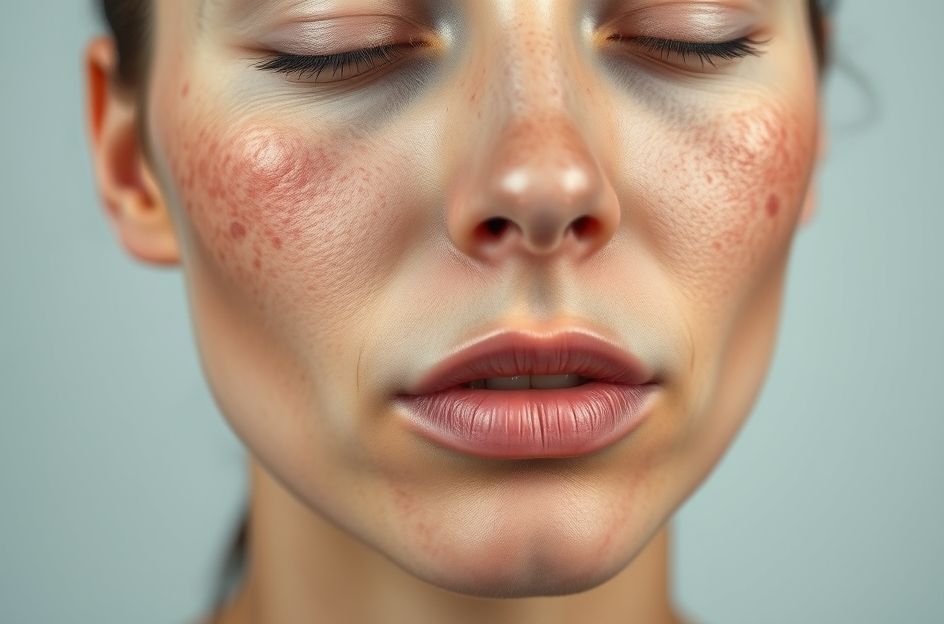Cystic acne, a severe form of acne, arises when oil ducts become clogged and infected, leading to the formation of abscesses deep within the skin. Predominantly affecting teenagers, it commonly manifests on the face and, due to its depth, causes more pronounced inflammation compared to ordinary acne. Breakouts are often painful and can result in significant scarring. Dermatologists widely regard cystic acne as the most challenging type of acne to treat.
Because the infection resides deep beneath the skin’s surface, cystic acne requires considerable time to heal. Treatment often involves oral medication, underscoring the importance of consulting a dermatologist. However, several preventive measures and at-home remedies can help manage and alleviate the condition.
For those seeking alternative treatments, a consultation with an alternative medicine practitioner may be beneficial. More conventional methods can also be safely implemented at home without medical supervision. Maintaining a consistent skincare routine and avoiding harsh scrubbing can help minimize irritation and prevent further inflammation.
One of the most frequently prescribed medications for cystic acne is isotretinoin. This oral drug targets inflammation, clogged pores, and excessive oil production, all key factors in cystic acne development.
Oral contraceptives are sometimes prescribed for women as a remedy for cystic acne. They work by suppressing overactive sebaceous glands, which are responsible for oil production. In addition to oral contraceptives, physicians may prescribe synthetic steroids to further regulate hormones that stimulate these glands.
Regardless of the prescribed treatment, proper skincare is essential. Washing the face gently twice daily is recommended. Importantly, avoid picking or squeezing cystic acne, as this can lead to scarring. Consulting a dermatologist is crucial for determining the most effective treatment plan tailored to individual needs and skin conditions.
